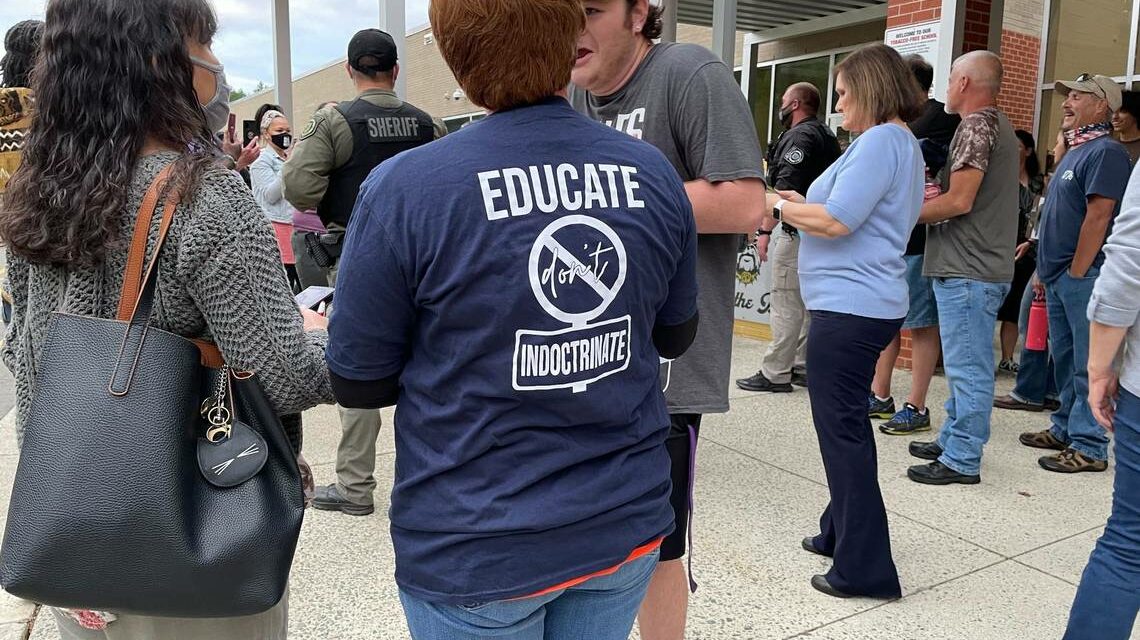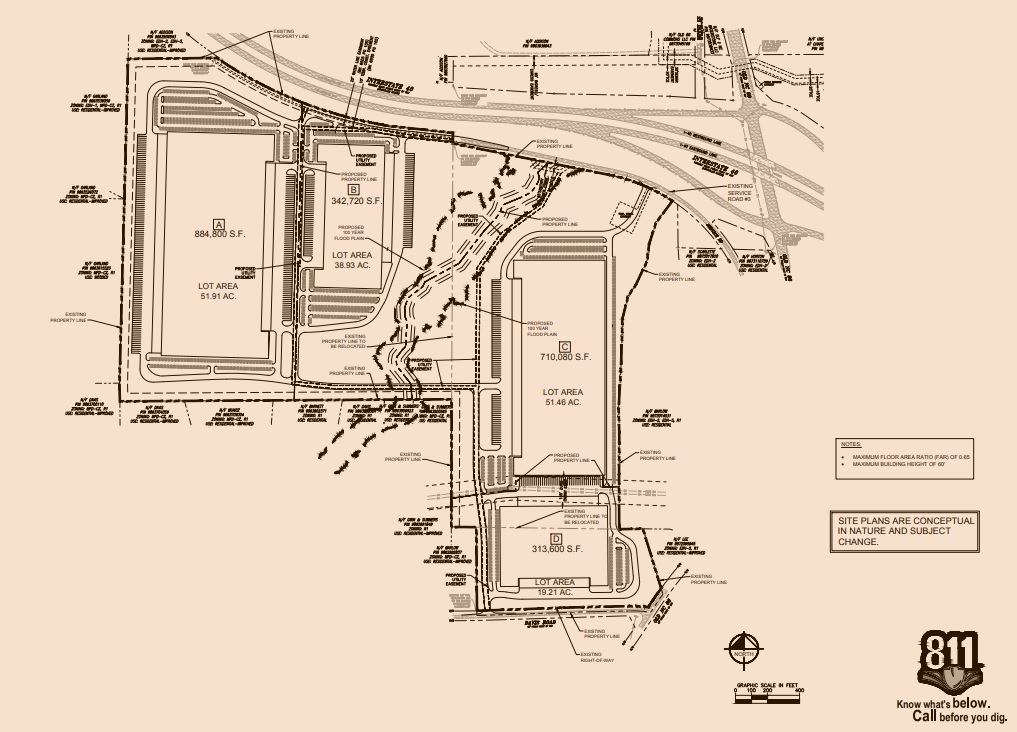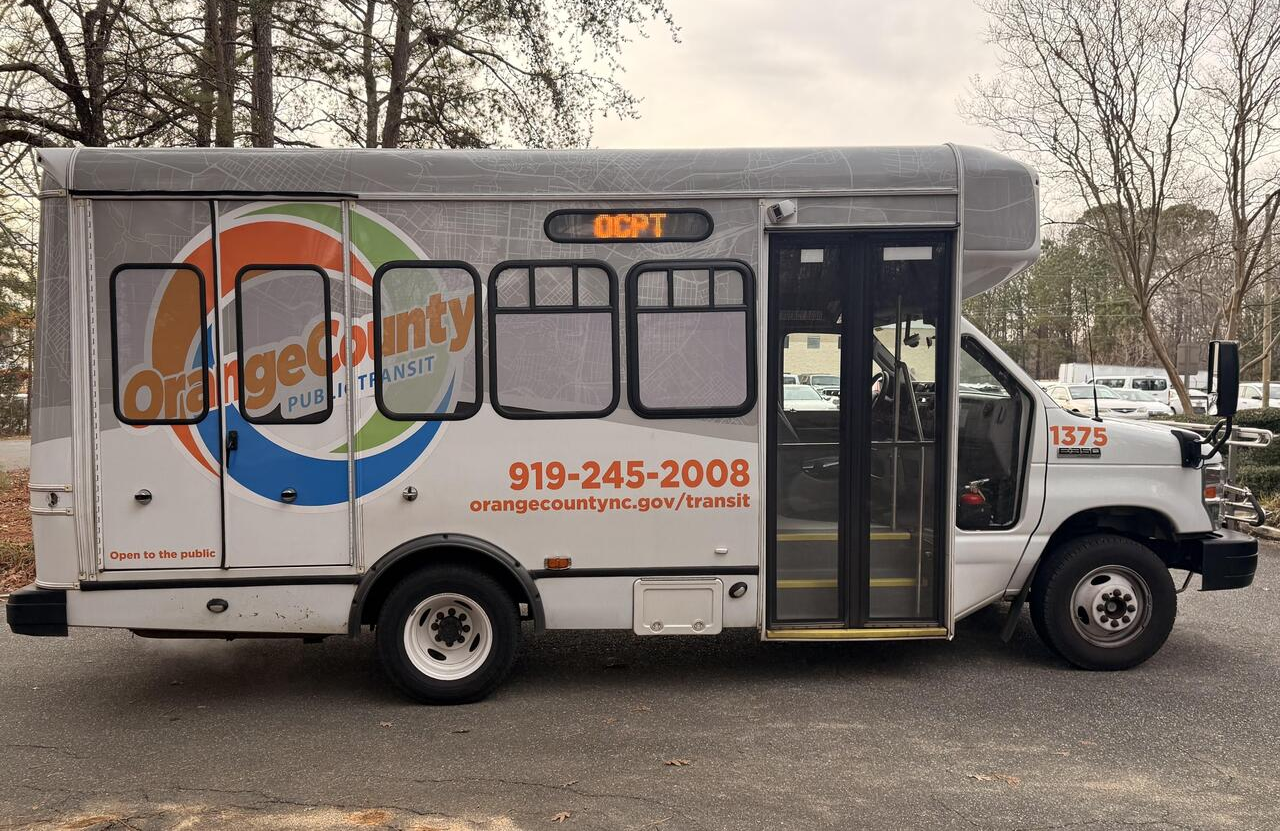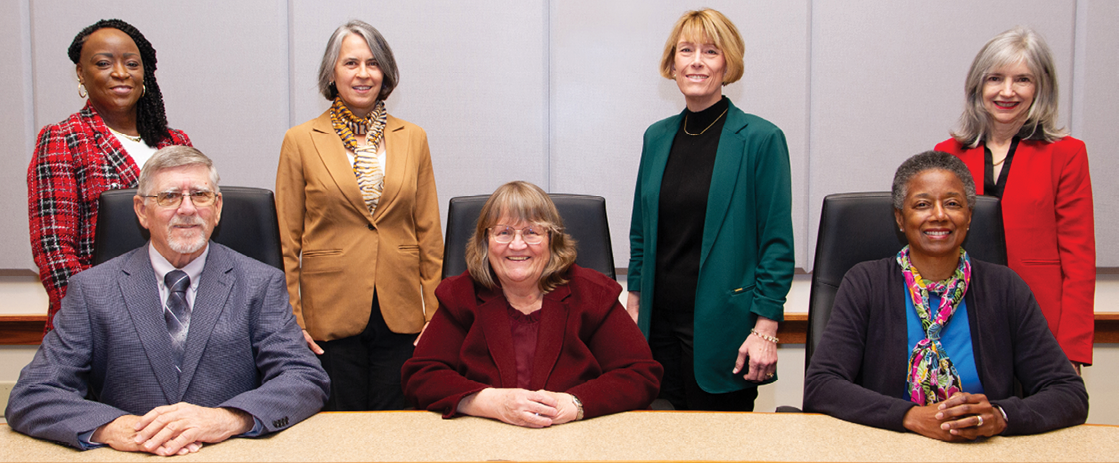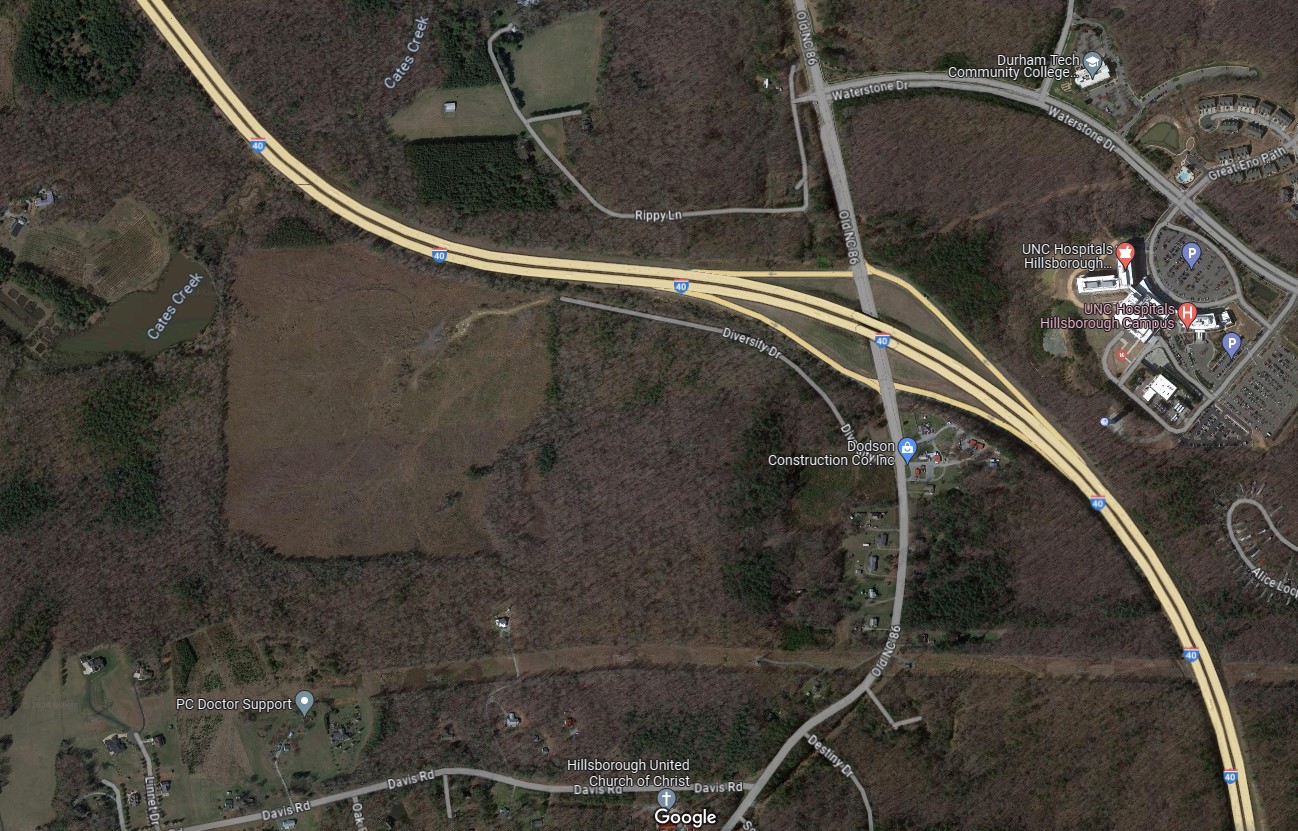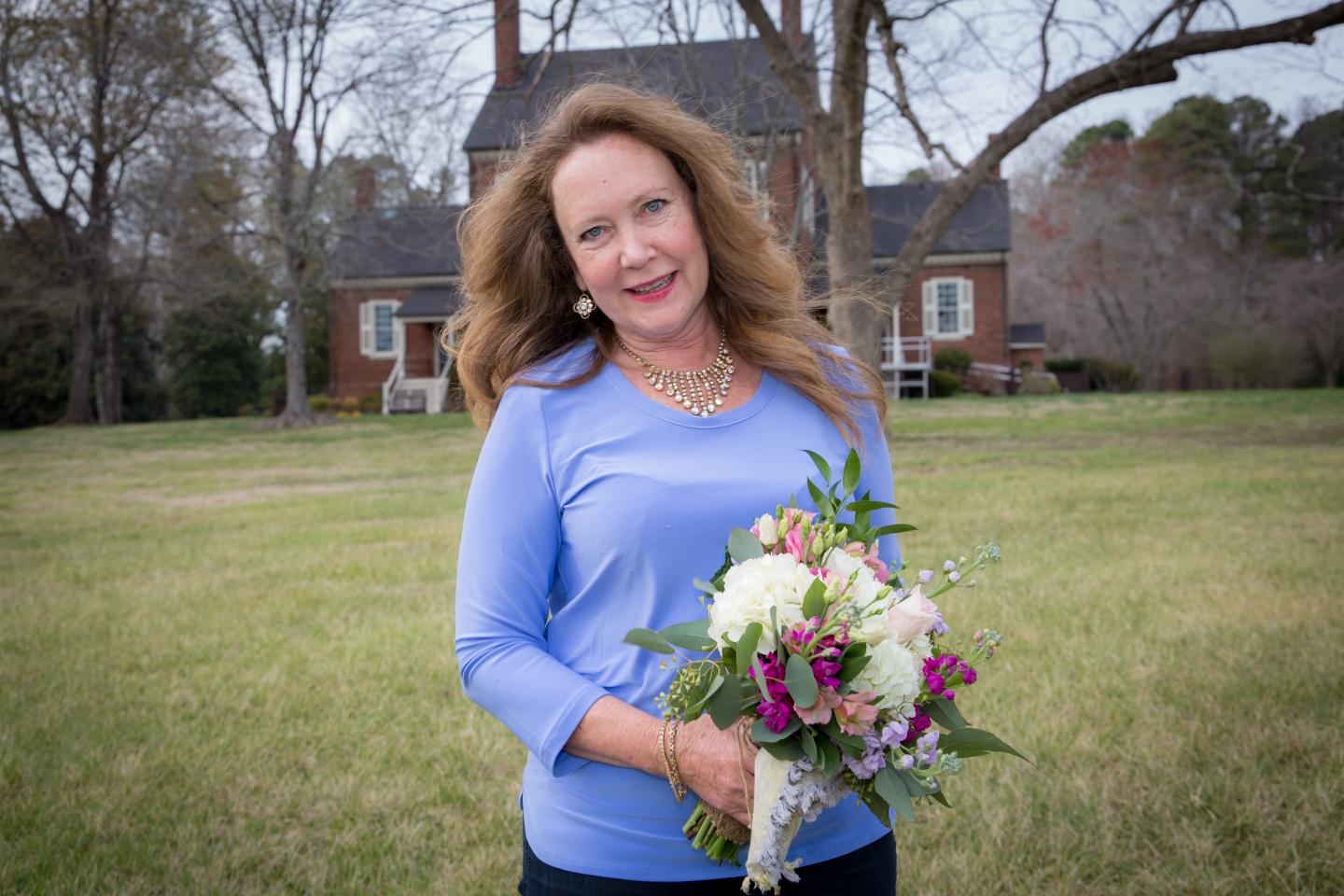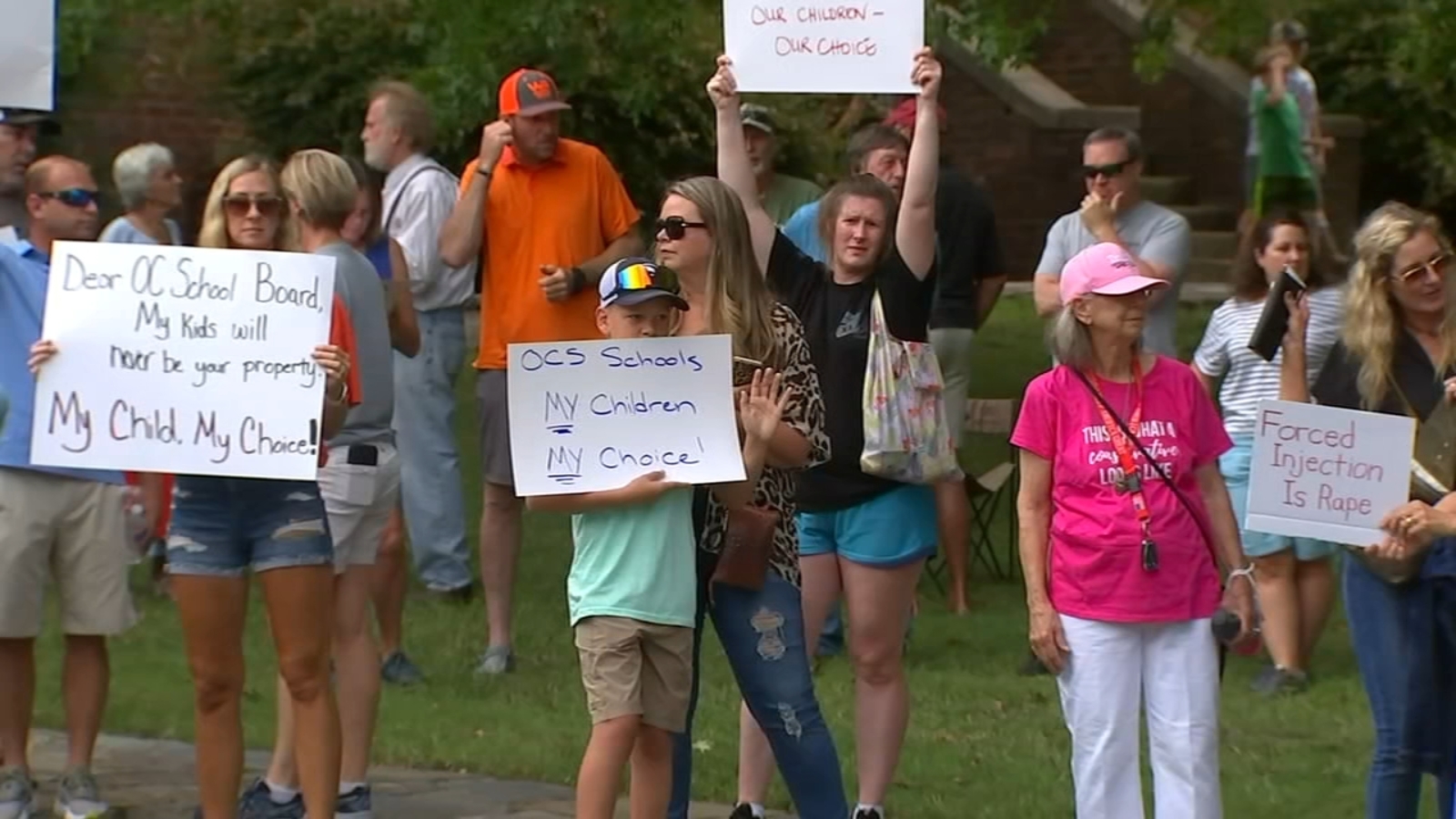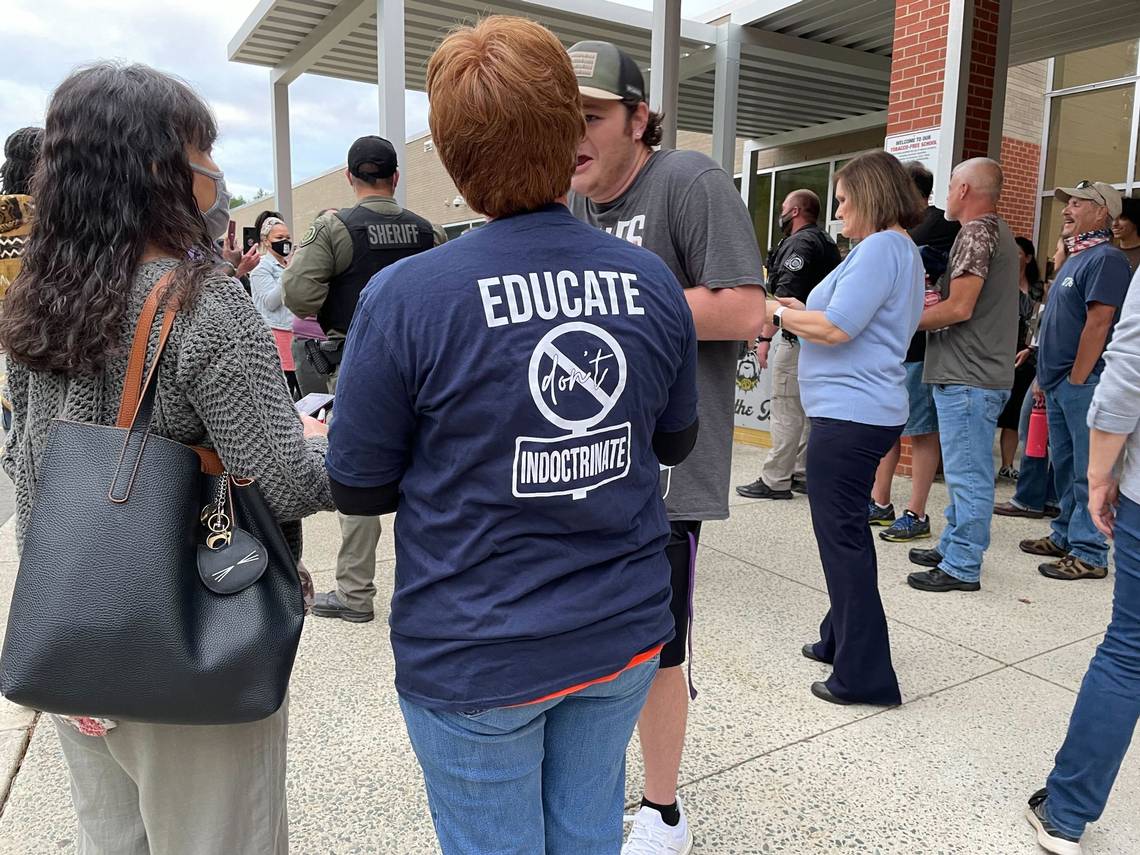The June 21 meeting of the Orange County Commissioners meeting featured a hotly contested agenda item: a proposed ordinance to set a buffer zone on picketing near school grounds. The measure has not yet been passed, but a UNC law professor recently shared why she believes it has an uphill battle to be constitutional.
When parents and community members spoke during the public comment portion of the meeting, many said they believe the proposed ordinance would violate their rights to freedom of assembly and speech.
Chair of the County Commissioners Renée Price told 97.9 The Hill that the idea for such an ordinance came less from a desire to limit speech, but more for children’s welfare. She said county officials crafted the ordinance after comments made by students, parents and school board members about being “disturbed” a protest in October.
The county commissioners made some changes to the draft legislation during the session, but UNC law professor Mary-Rose Papandrea told 97.9 The Hill that they may not be enough.
“I think it’s going to have some real constitutional problems,” she said. “The first is that the county will have to articulate what are the government interests they are trying to protect.”
Papandrea, who is a constitutional law expert, said there is precedent from the Supreme Court about protesting near schools. In 1972, the justices upheld an anti-noise ordinance in Grayned v. The City of Rockford as part of a picketing ordinance because it cited wanting to limit disruption in the learning environment for students.
During the June 21 meeting, the county attorney said schools could be argued as a limited public forum for protests and specified the ordinance would only be in effect when children were present on school grounds. The wording was changed on the draft ordinance to strike “vigils and observations” from the description of protests, and county commissioners agreed to reduce the proposed buffer distance from 1,000 feet away from school property to 450 feet.
But no changes were made to tailor the ordinance to clarify the effect potential picketing or protests would have on students.

Orange High School in Hillsborough. The proposed picketing ordinance by the county government will take up discussion this fall with a smaller buffer zone: decreased from 1,000 feet to 450 feet. (Photo via Orange County Schools.)
Papandrea said she believes if the ordinance is kept to broadly establish a buffer without the reasoning for why, it would not likely hold water if legally challenged.
“If it’s a distraction that’s the problem, they want to be very specific about that being the interest.
“If the concern is prohibiting offensive speech,” Papandrea continued, “then the schools will have to tread very carefully.”
The county’s proposed ordinance is a content-neutral bill, or one that does not ban certain content and not others. But based on how the ordinance originated, with officials reporting students were disturbed by the protests, the intent may be to limit things like hate speech, symbols or offensive words.
Papandrea said there is not much precedent for curtailing this in schools – let alone during peaceful demonstrations. While she pointed to schools having more power than most government entities to restrict speech for students, she said she believes it’s unlikely that same jurisdiction would carry to those outside a school.
“The problem is that as soon as they have any sort of regulation of speech based on its message, based on its content,” Papandrea said, “they would immediately end up having to meet strict scrutiny, which is the highest level of constitutional scrutiny. I just don’t see the Supreme Court – this Supreme Court in particular – going down that road.”
Papandrea also pointed to another stipulation in the proposed ordinance that could create some challenges to its constitutionality: an exception for enrolled students. County commissioners said the element of the ordinance was included to not prohibit students from organizing or engaging in protests during school hours, as the community has seen in recent months.
“This could also be a problem for the constitutionality of the statute,” said Papandrea, “because if the goal is to avoid disruption of the school functions, it doesn’t really make a lot of sense to say ‘we’ll allow protests by students, but not by other people.’ Protests that are disruptive are disruptive no matter who is engaging in the disruption.”
“So, I can appreciate why it was drafted with that exclusion,” she added, “but I think from the Supreme Court’s point of view, they will be concerned — it sort of undermines the asserted interest in wanting to avoid disruption if they permit some picketing that could be equally disruptive.”
The Orange County Commissioners voted for a revised proposal of a picketing buffer ordinance to be discussed in October.
Photo via Lucille Sherman/The News & Observer.
Chapelboro.com does not charge subscription fees, and you can directly support our efforts in local journalism here. Want more of what you see on Chapelboro? Let us bring free local news and community information to you by signing up for our biweekly newsletter.

